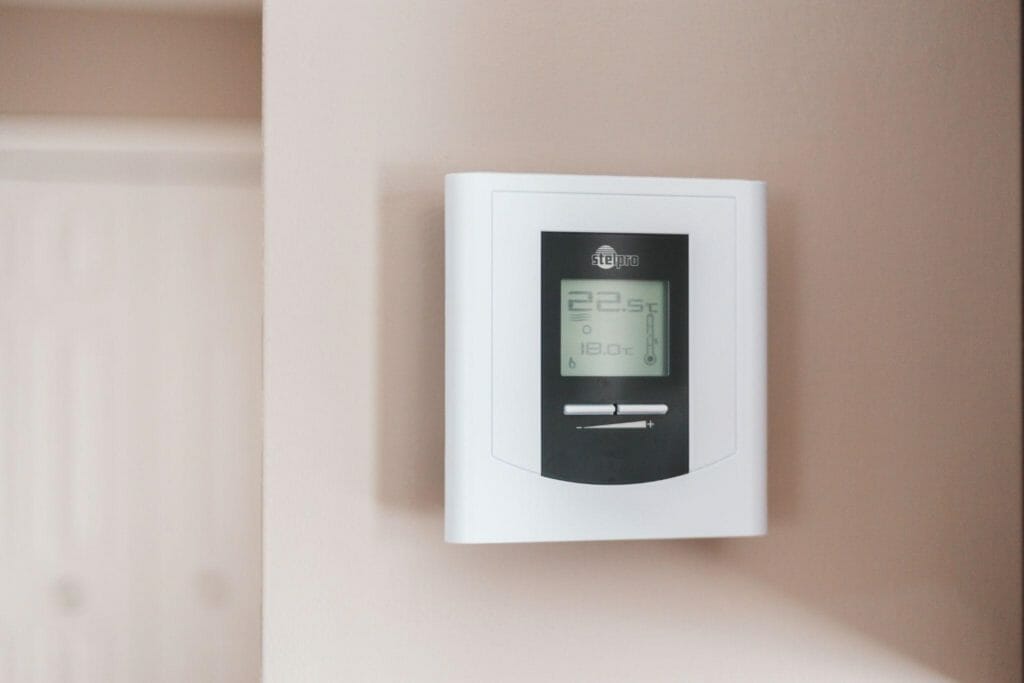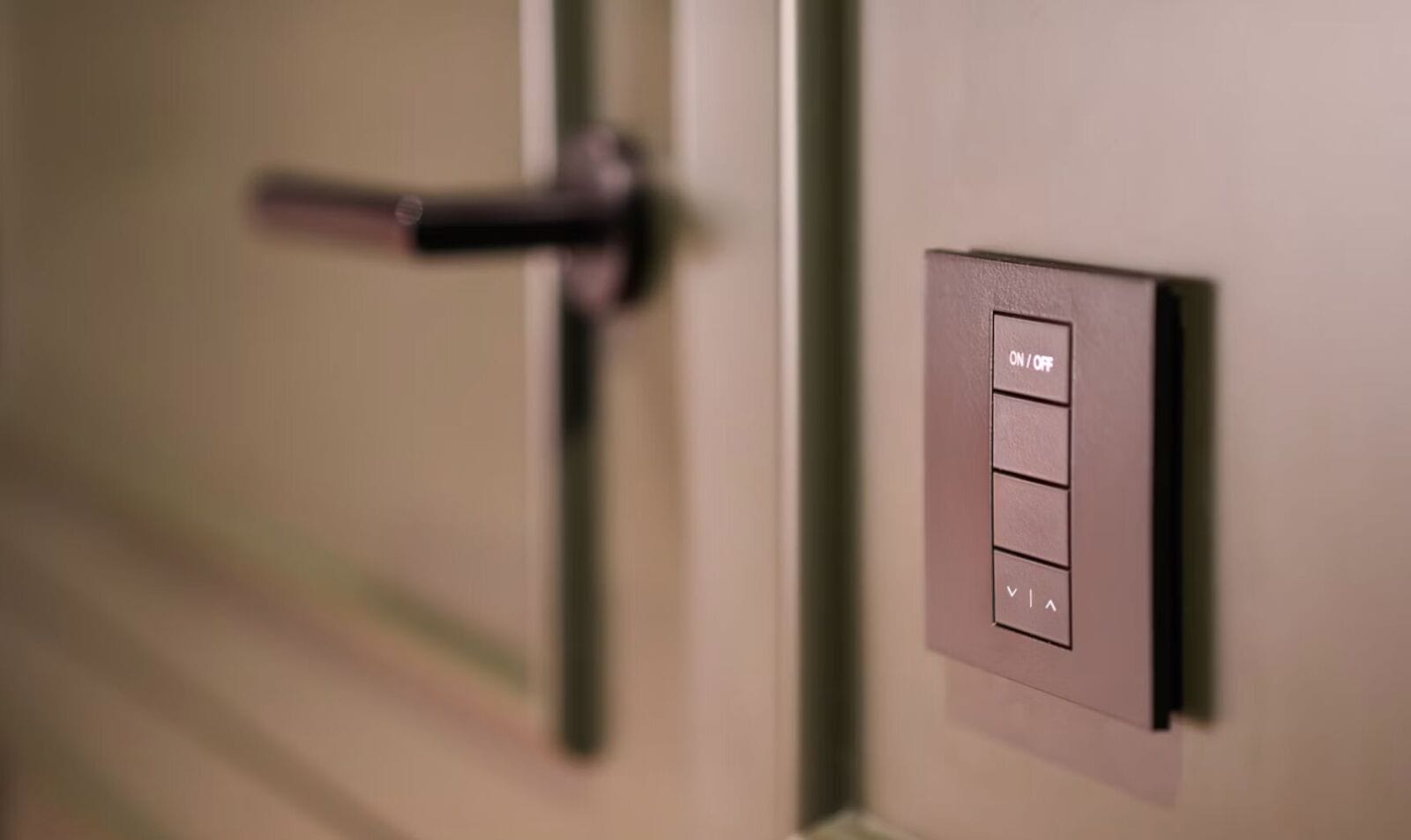Arizona homeowners are discovering something remarkable about their property values. Smart home technology has become one of the fastest-growing investment strategies in the residential real estate sector. Two primary factors drive this surge: buyer demand for connected living and the measurable return on automation upgrades.
According to Grand View Research, the smart home automation market in North America is projected to reach $145.6 billion by 2030. That’s with a compound annual growth rate (CAGR) of 22.2%.
Being the third most affordable state to live in the USA, Arizona’s residential property demand is perpetually strong. The rising adoption of home automation technology has further accelerated this interest among buyers and investors.
Here is a deeper analysis of how automation is influencing buyer expectations, pricing strategies, and overall market movement across Arizona’s key metro areas.
What is Fueling Widespread Adoption of Home Automation?
Automation is embedded in almost every corner of modern life. From industrial systems regulating chemical plants to thermostats adjusting room temperature, it’s rewriting our routines in ways we don’t always register.
Residential spaces are no exception. Between 2018 and 2023, the number of U.S. households using smart home devices grew by 10.2%, reaching 63.43 million. That steady climb reflects a broader shift in how people evaluate comfort, efficiency, and security at home.
Let’s take a closer look at what’s driving this growing popularity of smart homes and why Arizona’s real estate market is paying attention.

#1: Rising Energy Costs and Demand for Efficiency
Arizona’s extreme summer temperatures make energy costs a primary concern for homeowners. Smart thermostats, automated blinds, and energy monitoring systems can drastically reduce monthly utility bills. Buyers calculate these savings over time, making automation features particularly attractive in desert climates.
#2: Access to Skilled, Local Installation Partners
Smart home solutions are only as good as the quality of their installation. It’s not easy to find professionals who can work with advanced systems, bring a solid track record, and still stay within budget. However, Arizona has seen steady growth in firms that offer both technical expertise and practical service models.
Companies such as Wipliance, a home automation company in Arizona, focus on full-home integration with attention to long-term functionality rather than one-time device setup. This kind of local availability makes smart upgrades far more accessible, especially for homeowners who don’t want to compromise on quality.
#3: Changing Consumer Expectations
As connected living becomes more common, real estate buyers are showing a preference for properties that already support it. A home that’s ready for automation reduces future upgrade costs and feels more in sync with today’s lifestyle norms.
Buyers see value in the investment, and appraisers are starting to reflect that in valuations, especially when automation is tied to safety, energy savings, or structural control.

#4: Security Technology Addresses Safety Concerns
Remote monitoring capabilities give homeowners peace of mind when traveling or at work. Smart cameras, doorbell systems, and automated lighting create comprehensive security solutions that traditional alarm systems cannot match.
This technology becomes especially valuable in growing suburban areas where neighborhood familiarity is still developing.
#5: Cut-throat Competition Among Sellers
Arizona is facing consistent population growth, with demand for housing far outpacing supply. To meet this need, the state would have to add around 50,000 new units each year.
This has created a hyper-competitive environment where builders and sellers are looking for meaningful differentiators. Automation is becoming one of them because it offers lasting utility.
Which Smart Home Technologies Deliver the Best ROI?
Not every smart upgrade leads to stronger offers. Arizona’s market has clear buyer preferences shaped by climate, lifestyle, and long-term cost considerations. Sellers who focus on meaningful improvements rather than adding devices that sound impressive but serve little function tend to see better returns.
Having a solid grasp of the difference is important here. Overinvesting in the wrong systems can increase complexity and upkeep without raising the perceived value of the home. Meanwhile, the right upgrades create clear, tangible benefits that resonate with Arizona buyers. Here’s what consistently stands out.
Accessibility Features
Arizona’s senior population is growing fast – nearly 19.3% of residents are 65 or older. Voice-activated lighting, temperature, and security controls make homes more accessible for aging adults or family members with mobility issues.
These features also suit buyers planning for long-term occupancy or caring for relatives. In the summer, when heat limits movement, touch-free control becomes a vital safety consideration.
Pool and Outdoor Living Automation
Arizona’s outdoor lifestyle makes pool and patio automation a high-impact upgrade. Automated cleaning, chemical control, and temperature regulation address maintenance concerns that often hold buyers back.
Smart irrigation systems are also in high demand, especially as water efficiency becomes a concern. Arizona is currently the second driest state in the country, with average annual rainfall under 13 inches (33 cm). For homes with large outdoor spaces, automation helps balance comfort with practicality.
Whole-Home Integration
Prospects are now looking for unified systems that manage lighting, climate, security, and media from a single app or control panel. Disconnected devices requiring separate apps are seen as a hassle.
Integrated platforms simplify use, reduce future setup costs, and make the home feel turnkey. During showings, homes with centralized automation tend to feel more polished and move-in ready.
Built for How People Live Now
A home that quietly manages heat, energy use, and upkeep tends to leave a lasting impression. Buyers don’t always mention automation first, but they notice when it’s missing. Arizona’s climate and energy costs make automation features particularly valuable to buyers focused on long-term comfort and savings.
In a market shaped by practical needs, the homes that reflect those needs tend to move first and hold their value better.



